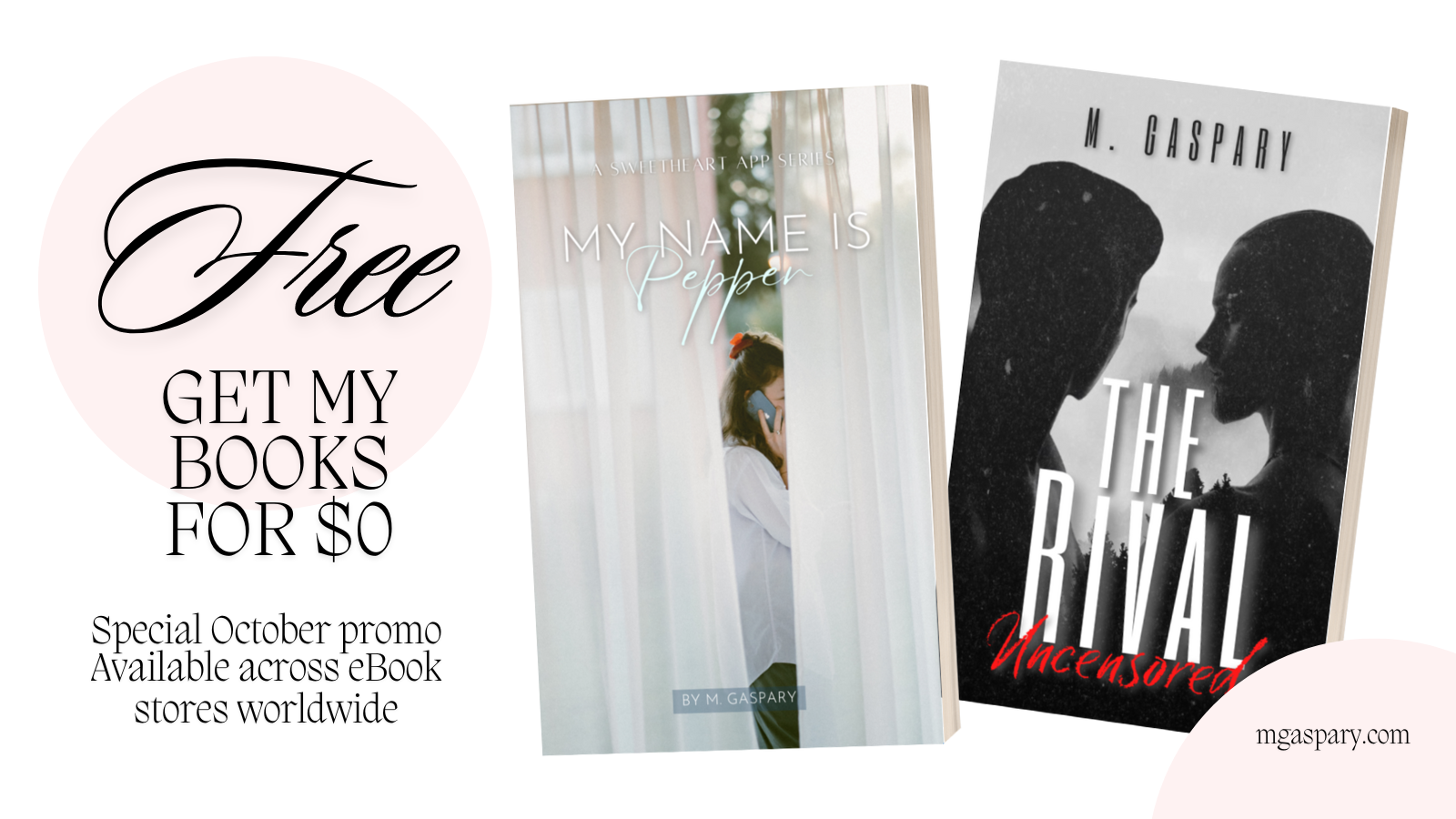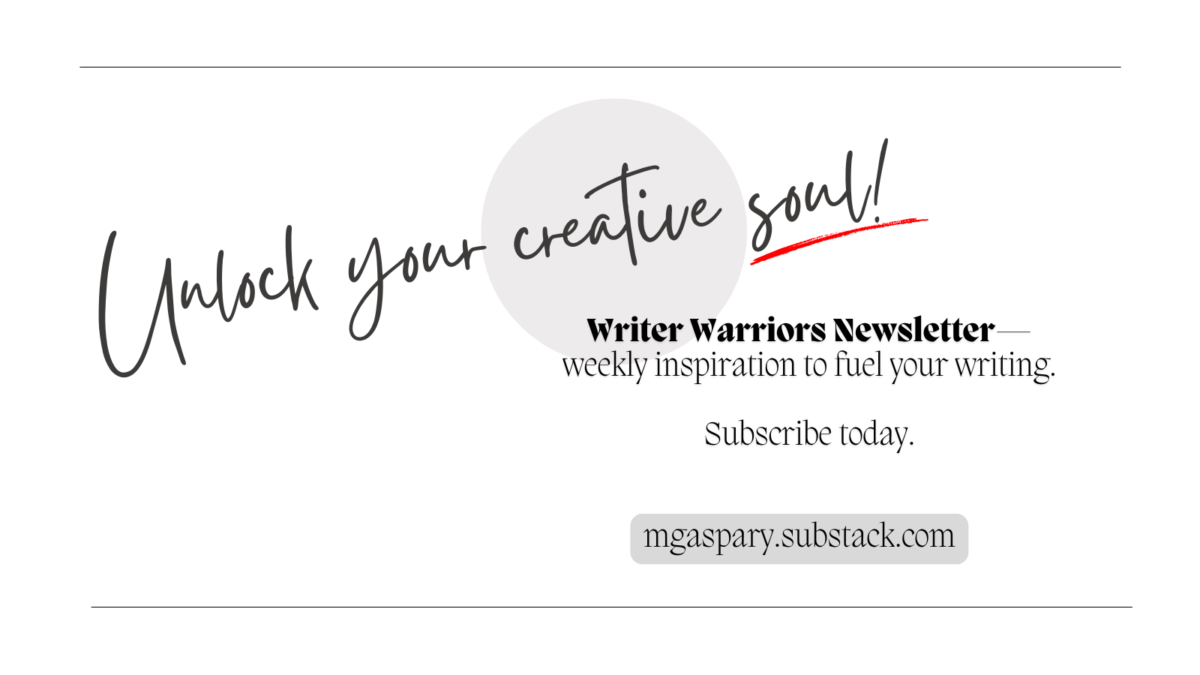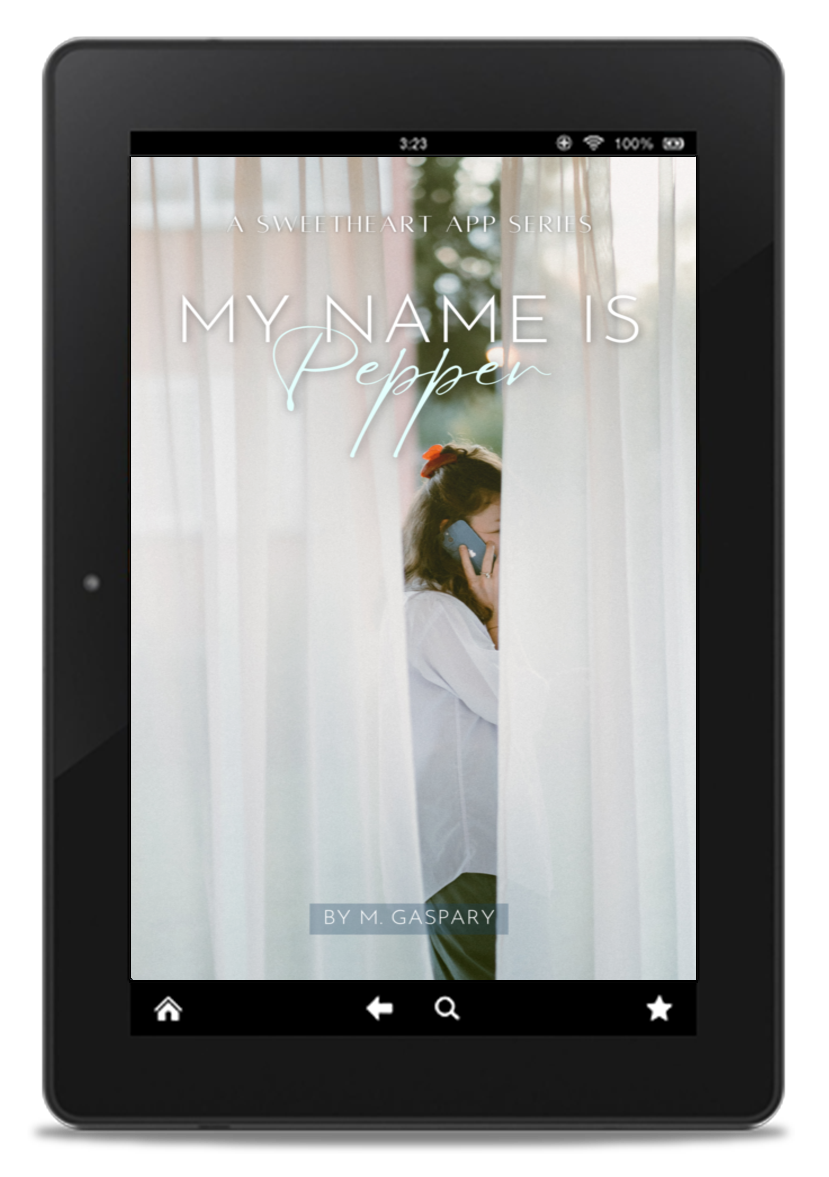Mecyll’s Note: If you want to expand your writing opportunities online, you must learn how to write a great blog post.
On that note, here’s Melody Barrera, our guest contributor, to share the tips all writers can learn and apply to improve their digital marketing efforts.
If you like to share additional inputs, your feelings and thoughts, or send questions about this article, let me know in the comment section below.
Being a new blogger can be stressful, especially when you have no idea how to write a great blog post. But once you get the hang of it, everything will come more naturally to you.
Before you reach that point when everything feels easy, you must first establish yourself as a blogger, spreading awareness online through writing.
| Disclaimer: This article contains affiliate links to specific writing tools, and platforms I believe are beneficial for better writing. I earn commissions when you use these links for reviews and purchases without additional costs, which will help me continue providing you with quality content on the internet. Please read my Terms & Conditions to learn more. |
Table of Contents
- How to Write a Great Blog Post: An Intro
- How to Write a Great Blog Post: A Takeaway for All Writers
- About the Author

How to Write a Great Blog Post: An Intro
One of the biggest challenges for every writer is finding their target audience and being able to create the kind of content that will resonate with that audience.
So, without further ado, here are five tips on how to write a blog for your target audience.

1. Know your target audience.
When learning how to write a great blog post, you should first find out who your target audience is. If you know who your readers are, you can create precisely the kind of content they will like.
However, it is not enough to know who your readers are. It would help if you genuinely understand your target audience.
If you don’t know who your audience is, you can’t create the kind of content that will resonate with your readers.
For instance, know what kind of information your readers are looking for and understand why they are looking for that information.
What are their pain points?
What do they worry about, and what makes them happy, sad, excited, etc.?
What are the reasons behind their needs?
By studying your audience carefully, you can use valuable insights about your readers during the content creation process.
This approach can ensure that your content corresponds to your audience’s wants, needs, preferences, and values.

2. Prioritize quality over quantity.
One of the fundamental principles of content creation is quality over quantity. But, unfortunately, some bloggers flip the formula and start creating tons of content without regard for its quality.
It may seem like an excellent way to kickstart your blogging, but it will do you more harm than good. Why? Because the content of poor quality can’t help you build a solid reader base.
You can’t position yourself as an expert in your field because your content shows you are unprofessional.
If you create content of poor quality, many people will leave your blog before they can finish reading your article or post.
Moreover, this will also negatively impact your reputation in the long term. You can’t position yourself as an expert in your field because your content shows you are unprofessional.
Once you start creating content, always prioritize quality over quantity. And if you want to produce more content quickly, consider outsourcing some of your activities.
For example, check writing service reviews at Best Writers Online and hire experienced writers and editors to help you create content.

3. Provide value and have a purpose.
Every influential, seasoned, or established writer knows what it means to write compelling content. This skill set is attractive to many people, though the learning curve could take a long time.
Not only do established websites would notice, but potential clients do. They all agree that professional writers understand why their content should have a purpose and provide value to their target audience.
Otherwise, your content might become irrelevant and useless, or it can attract the wrong audience.
Three (3) types of content
When it comes to purpose, there are three types of content that you can have: informational, educational, and entertaining.
- Informational content aims to provide information to the audience.
- Educational content seeks to explain something to the audience.
- Entertaining content aims to entertain the audience or get a specific emotional response.
Otherwise, your content might become irrelevant and useless, or it can attract the wrong audience.
In most cases, your content will serve multiple purposes (e.g., educational and entertaining), but you should always keep the goal of your content in mind when creating it.
Similarly, you should always ensure that your content is valuable to your audience. It should be relevant to your readers and should be helpful in some way.
Even entertaining content can be advantageous (i.e., entertainment value).

4. Engage with your audience.
Engaging with your audience is necessary if you want a solid reader base. Only by actively showing interest in your audience can you find loyal readers who will want to keep coming back to your blog for more.
The good news is that there are many ways in which you can engage with your audience. But first, you need to make the content itself engaging.
Engaging with your audience is necessary if you want a solid reader base.
Always remember to add a call to action at the end. At the same time, you should actively seek out opportunities for engagement. For example, create social media profiles for yourself and answer comments there.
You can also post polls to collect opinions and start live streams to communicate with followers in real-time. Again, it depends on your preferences, but it’s best to engage with your audience differently.

5. Publish content consistently.
Last but not least, you should always publish content consistently. You can’t simply post whenever you feel like it. That is not how to build a dedicated reader base.
You need to have a plan and follow it as strictly as possible. And once you have more opportunities, you can change it to a different strategy.
Having a content calendar can help you stick to your plan. But first, you will need to decide how often you can and want to post content (e.g., twice per week).
You will also need to determine when your audience is most active online to choose when your content performs the best (e.g., in the morning on weekdays).
Once you have a content calendar, you can plan your blogging activities for weeks, months, and years ahead.
However, it would be best to remember that things could change quickly, and you will likely need to adjust your plan.
Don’t be afraid to make changes if necessary, but don’t completely abandon the calendar if something doesn’t go according to plan.

How to Write a Great Blog Post: A Takeaway for All Writers
It would help if you always were sure who you are writing for, which means knowing your target audience. If you don’t know who your audience is, you can’t create the kind of content that will resonate with your readers.
Moreover, you should also prioritize your content quality above all else. Follow the tips in this article to start creating content for your audience that is both relevant and valuable.
About the Author
Melody Barrera is a freelance copywriter. She writes for the professional writing platform Trust My Paper and is a proofreader at the writing reviews site Best Writers Online. She specializes in topics such as writing, business, and productivity.




Leave a Reply